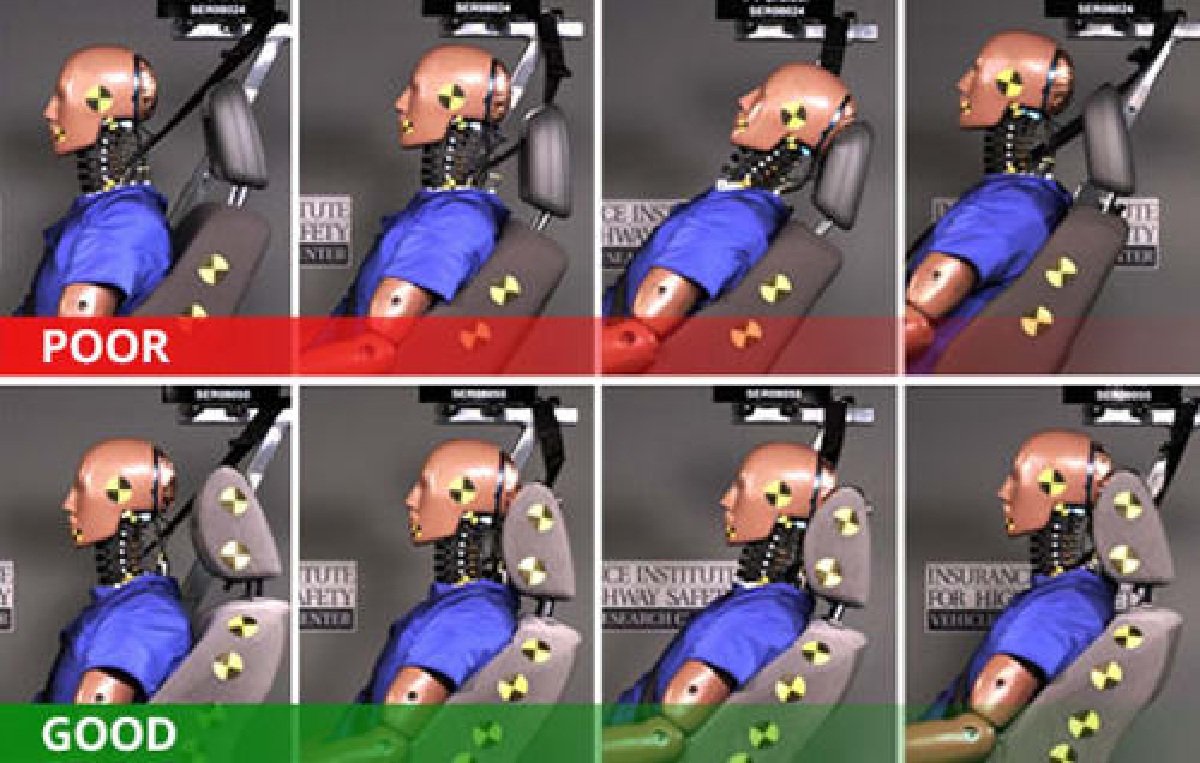Popular Tips
YOU MIGHT BE INTERESTED IN
How to Use Head Restraints Correctly To Prevent Neck Injuries
by Kshitij Rawat |
12/05/2020
Did you know that the headrest on your car seat is a safety feature? Here, we will not only tell you the importance of it, but also how to properly use them.
- Tag:
- car safety










 Follow us on google news
Follow us on google news
